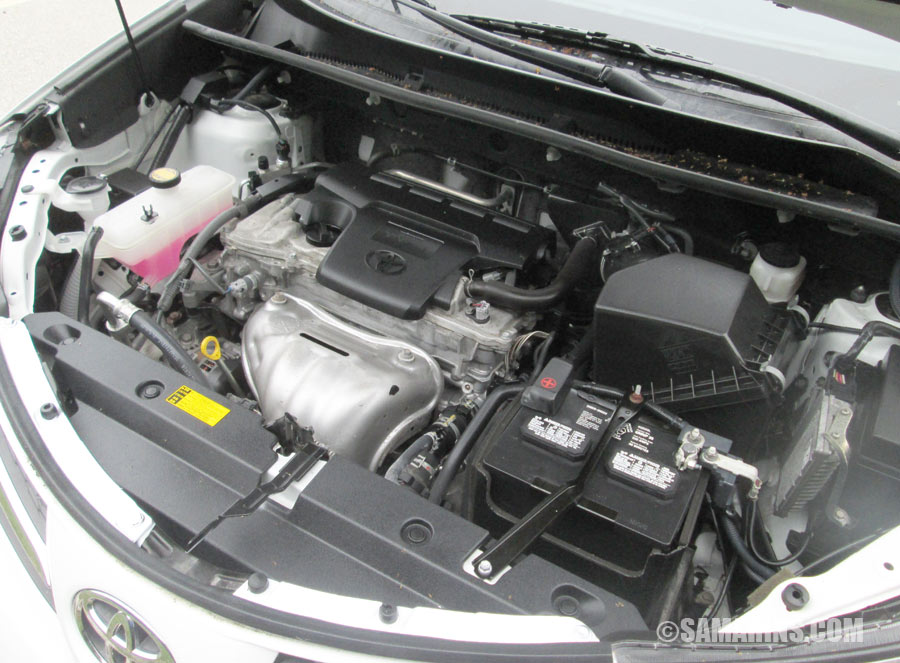

The gas RAV4 offers all-wheel drive (AWD) and the hybrid uses it exclusively. In the hybrid, the engine is rated at 176 horsepower, but when working with the electric motor, the combination makes 219 horsepower, and uses an automatic continuously-variable transmission (CVT). In the non-hybrid models, it makes 203 horsepower and 184 pound-feet of torque, with an eight-speed automatic transmission. Jil McIntoshĪll RAV4 trims use a 2.5-liter four-cylinder engine. The Toyota RAV4’s gasoline-only and hybrid models are styled similarly, with only their badges to differentiate them. The Toyota has similar front-seat legroom to those competitors, but it’s the tightest for rear-seat legroom, and its cargo capacity is mid-range among them. The non-hybrid RAV4 tops all but the Escape’s optional 2.0-liter engine for horsepower, while the RAV4 hybrid rates the best fuel economy among all. We review the plug-in hybrid RAV4 Prime separately.Īmong the RAV4’s closest rivals, the Ford Escape, Honda CR-V and Hyundai Tucson all come in gasoline or hybrid versions. The gasoline RAV4 further adds Adventure and TRD Off-Road trims, while the hybrid adds SE, SXE and the new Woodland. Both gas and hybrid models come in LE, XLE, XLE Premium and Limited trims. Upper trims have a new 10.5-inch touchscreen. All trims adopt a new multimedia system with wireless Apple CarPlay and Android Auto, along with available Toyota connected services. Redesigned in 2019, the RAV4 enters 2023 with updates including a new Hybrid Woodland Edition with off-road suspension. It’s in the compact SUV segment at 180.9 inches in length.

That’s no doubt due to its performance, comfort, competitive pricing, numerous trims and features-and that it comes as a conventional gas model or hybrid, as well as the RAV4 Prime plug-in hybrid (PHEV), not included here. The RAV4 isn’t just the best-selling vehicle across Toyota’s entire lineup, but has been the top-selling SUV overall in the U.S.


 0 kommentar(er)
0 kommentar(er)
